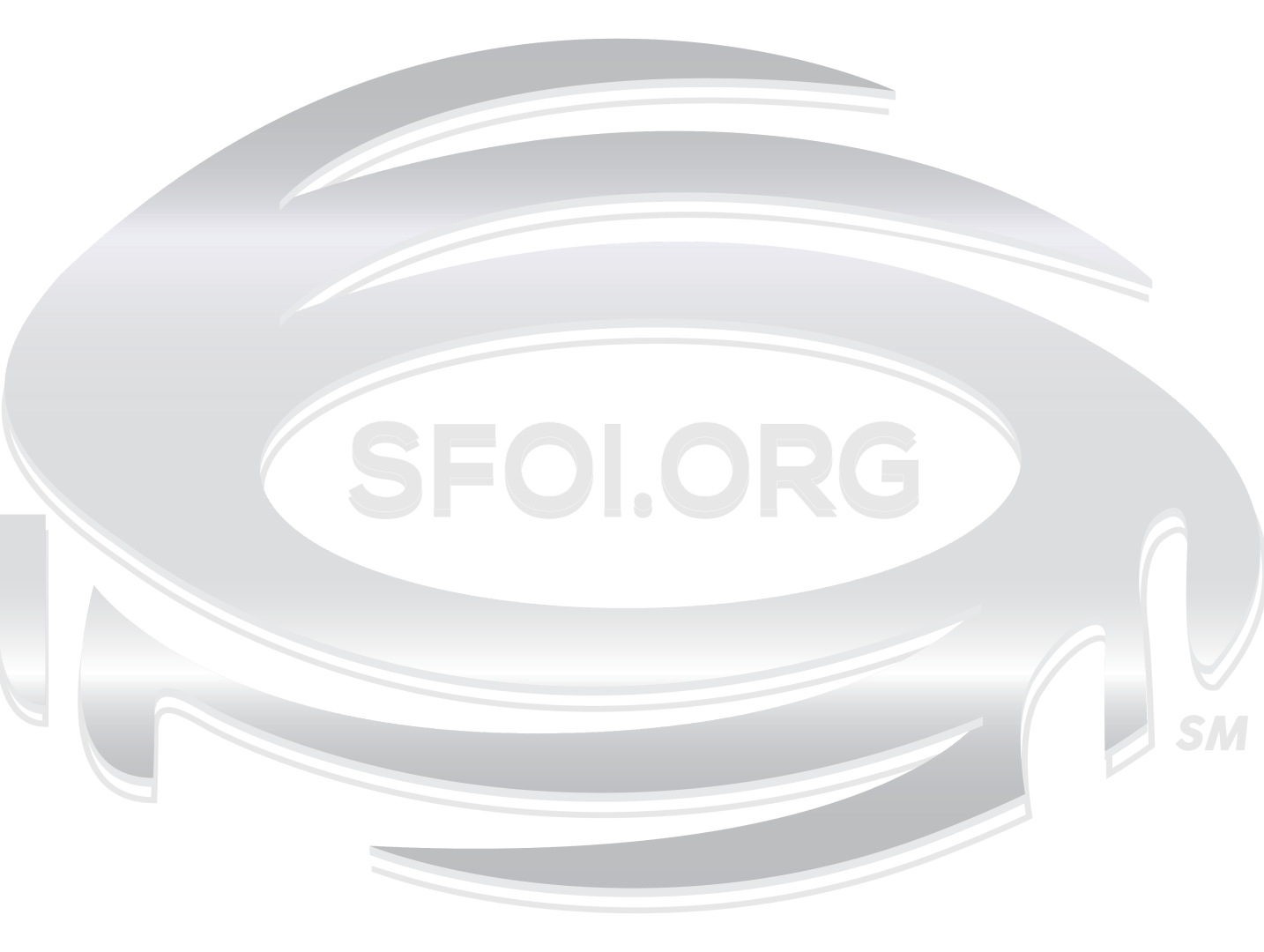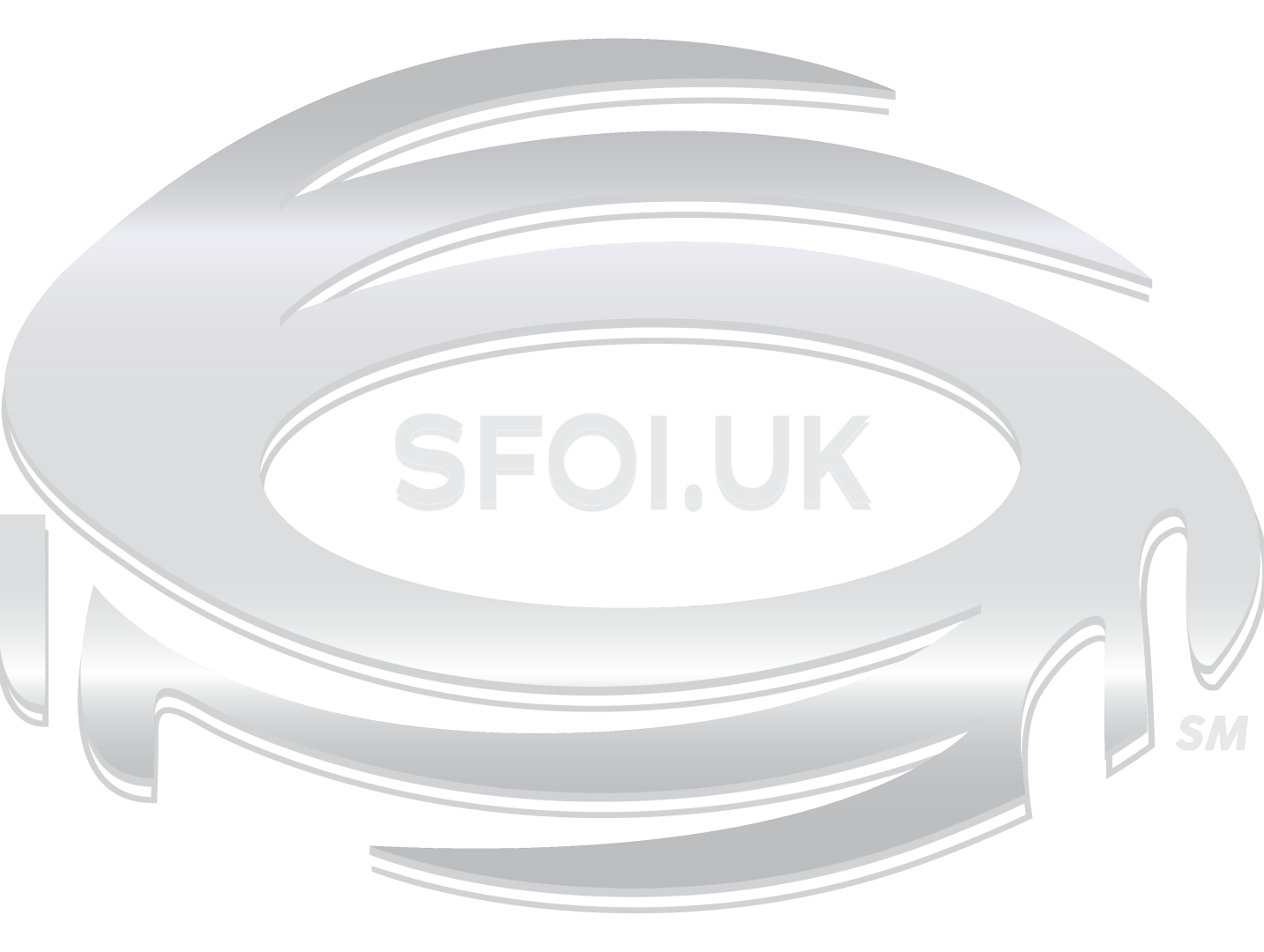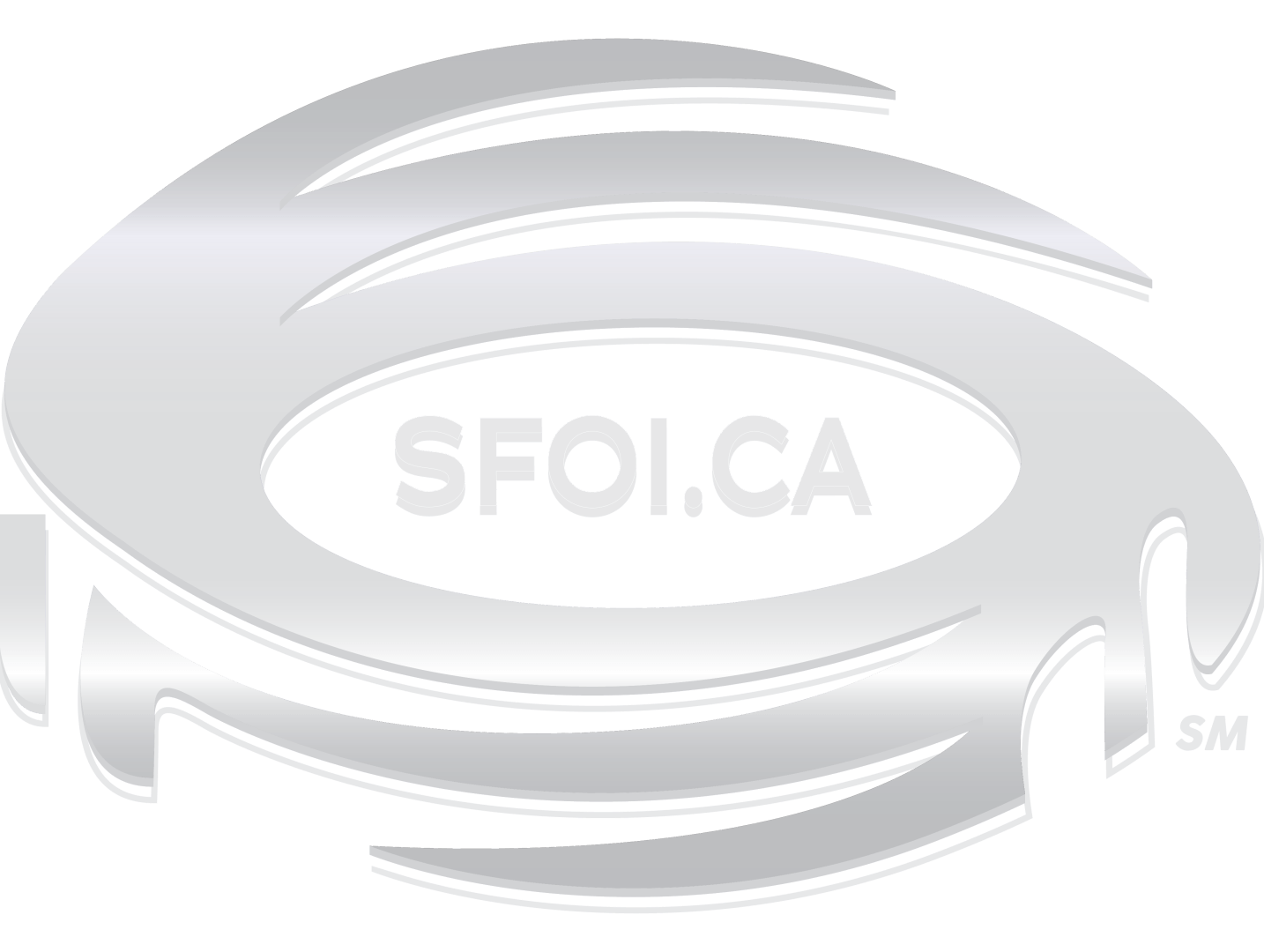Auckland, New Zealand
Auckland, city, north-central North Island, New Zealand. The country’s most-populous city and its largest port, Auckland occupies a narrow isthmus between Waitemata Harbour of Hauraki Gulf (east) and Manukau Harbour (southwest). It was established in 1840 by Governor William Hobson as the capital of the colonial government and was named for George Eden, earl of Auckland, British first lord of the Admiralty and later governor-general of India. The most-extensive urban area in New Zealand, Auckland also has the country’s greatest concentration of indigenous Maori and has large numbers of Polynesians from other islands in the South Pacific.
When Europeans arrived in the early 19th century, the region was densely populated by Maori. European settlements were located predominantly around the shores of Hauraki Gulf. Incorporated as a borough in 1851, Auckland remained the capital until superseded by the city of Wellington in 1865. Auckland was made a city in 1871. In 1853 Auckland province was established. It had nearly 10,000 European settlers at the time, and the city of Auckland soon became an administrative, military, and trading centre for the entire agricultural hinterland. The province of Auckland was abolished in 1876.
In 2010 the greater Auckland region became a unitary council that combined the governments of the constituent parts of the former Auckland region (one of New Zealand’s 16 regions) into one. These included the cities of Manukau, North Shore, and 11 others. All became wards in the enlarged city of Auckland. The governing body, the Auckland Council, consists of two complementary parts: a mayor, elected by all Auckland voters, working with a 20-member council elected from the wards; and 21 local authorities (local boards). The mayor and council make policies and strategic decisions for all of Auckland, and the local boards handle issues and facilities in the 13 wards they represent.
A focal point of road and rail transportation, the urban area is also served by New Zealand’s leading international airport, at Mangere. Auckland’s most important feature is Waitemata Harbour, a 70-square-mile (180-square-km) body of water that has maximum channel depths of 33 feet (10 metres) and serves overseas and intercoastal shipping. The Auckland Harbour Bridge (1959) crosses Waitemata Harbour and links Auckland’s central business district with North Shore.
Much of the hinterland has been cleared for agriculture, although dairying and sheep raising are also important. The port’s principal exports include iron, steel, dairy products, and meat and hides. Petroleum, iron and steel products, sugar, wheat, and phosphates are imported. Other industries of the Auckland area include engineering, publishing, and metal trades; the manufacture of paint, glass, plastics, chemicals, cement, and a variety of consumer goods; vehicle assembly and boatbuilding; and food processing, brewing, and sugar refining. There is a large iron and steel mill at Glenbrook (20 miles [32 km] south). Devonport, in North Shore ward, is the chief naval base and dockyard for New Zealand. A natural gas pipeline runs from the Maui field to Auckland.
Major institutions within the urban area include the War Memorial Museum, the Museum of Transport and Technology, the National Maritime Museum, the Auckland Art Gallery, the public library network, the University of Auckland (1957; from 1882 to 1957 Auckland University College, a constituent part of the University of New Zealand), and several teacher-training colleges. Also in the locality are swimming and surfing beaches, several extinct volcanic cones, golf courses, sporting grounds, and parks and reserves. In 2000 and 2003 Auckland played host to the America’s Cup yachting race finals, both events helping to boost tourism in the region. Area unitary council, 2,339 square miles (6,059 square km). Pop. (2006) city, 404,658; unitary council, 1,303,068; (2012 est.) city, 452,500; unitary council, 1,507,600.
Source:







